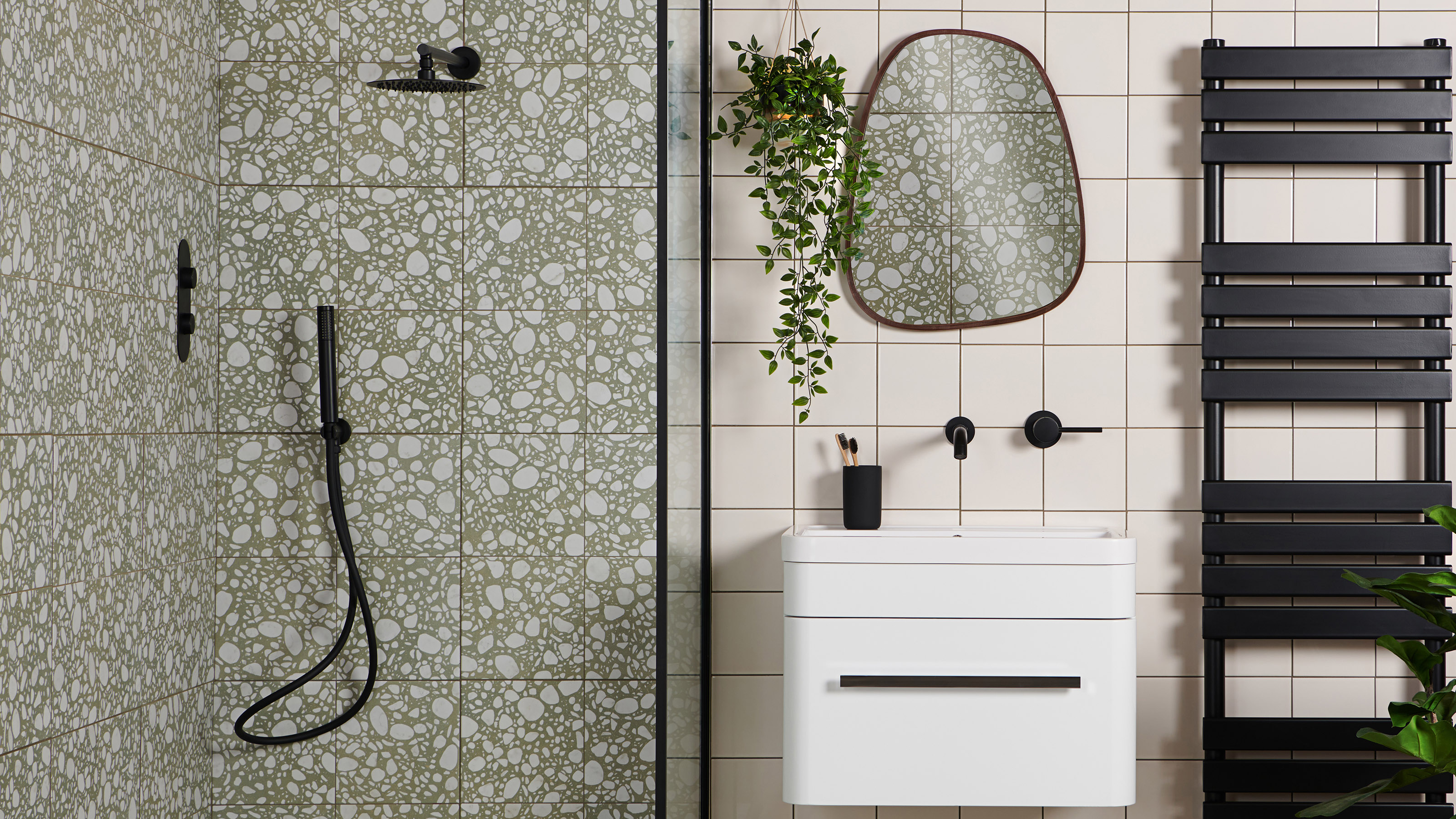How to find wall studs – 3 simple ways
Knowing how to find wall studs is a must for many DIY jobs. If you need to hang a mirror, mount a TV or do anything else wall-related, try one of these 3 simple ways to mark up studs behind plasterboard or masonry walls.

One of the first things you need to know when you start DIYing, is how to find studs on a wall. Whether you’re hanging a mirror, a bathroom cabinet, building shelves or doing anything in fact, studs will provide the strongest hold for anything on your walls.
If you live in an older property, it’s likely to be built with more traditional masonry materials and therefore will not have studs on any exterior walls or load-bearing walls. For these, you just need some masonry rawl plugs as this too is a super-strong surface to mount things onto.
Newer properties, however, are mostly timber-framed stud walls internally and dot dab plasterboard on top of blockwork exterior walls. Plasterboard is not strong enough in many cases to hold heavy objects (unless you use some good plasterboard rawl plugs like Grip Its), so finding the studs should be top of your to-do list.
3 safe ways to find wall studs
Studs are usually 50mm wide so they may be hard to miss but are typically spaced between 400 and 600mm and run vertically with a few noggins horizontally that run midway up the wall.
There are three ways you can find a stud:
1. The Knock Test
On the wall you’re planning to mount your TV or hang a mirror, using your knuckle, tap on the wall from one side of the wall to the other, marking with a pencil where the wall sounds dense. Parts of the wall that don’t have a stud will sound hollow, so you should be able to identify what’s a stud and what’s just empty cavity.
2. Using a Magnet
Plasterboard is connected to studs with screws, which are then plastered over. Where you find screws, you can bet your bottom dollar that there’s a stud behind it. So, this is a super easy method. Using a strong magnet, run it across the wall. If it sticks to a screw, there’s your stud!
Get small space home decor ideas, celeb inspiration, DIY tips and more, straight to your inbox!
3. A stud finder
A classic, failsafe option. Stud finders are great devices that can detect not only studs, but live wires, steel studs and pipes behind plasterboard. When calibrating, they sense the wall’s density and therefore can tell when the wall is hollow and when there’s something behind it.
A stud finder will tell you where the edges of the stud are and tell you where the middle is too.
This is a must-have DIY tool, to use yours, press the power button to the stud setting, then calibrate once it's against the wall. Move it side to side without lifting away from the wall. If you do, you will need to recalibrate, check me out here:
A post shared by Jasmine | DIY for Beginners (@_ohabode)
A photo posted by on
Once you have your studs marked out, you can go ahead and drive screws straight in – no plugs needed. It’s a super strong hold, after all, they’re holding up your house!
Jasmine Gurney is a DIY pro, inspiring women with power tools via her home improvement blog Oh Abode and on Realhomes.com.